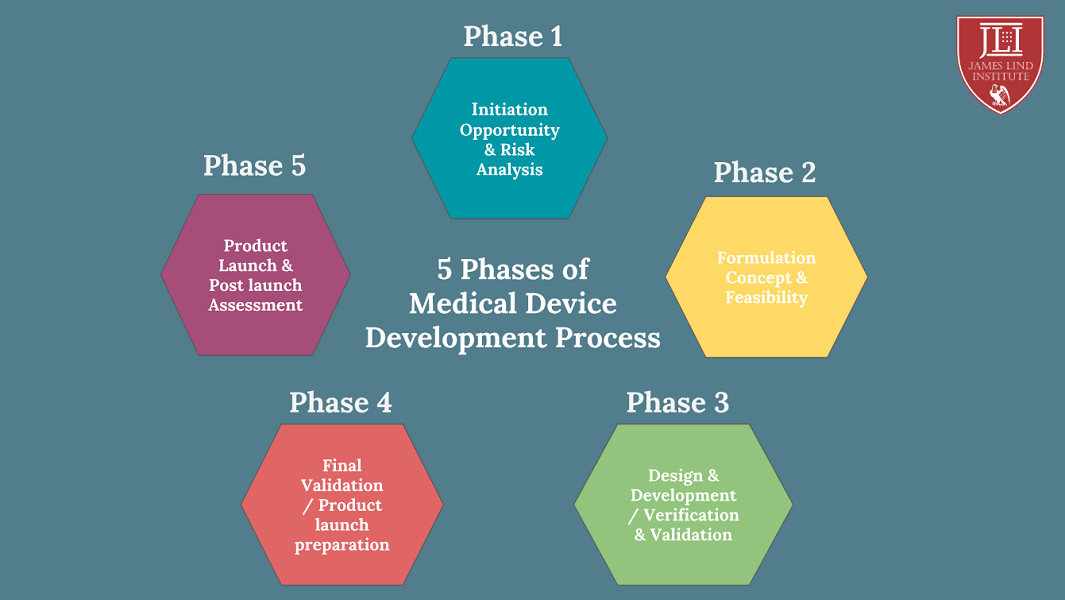Innovation of a new medical device originated to ensure healthcare practitioner enjoy safe and easy practise while conducting a medical procedure that can save lives, solve health issues and improve quality of lifestyle.
Medical devices
Medical devices have multiple and different constituents including software, hardware and medicinal components. Medical devices are launched with many challenges masked with layers of regulations due to rise in adverse incidents that have caused authorities to tighten regulations for patient safety. Regulations account for devices that are diagnostic, therapeutic, supportive and surgical. Medical experts specialised in device can understand and explain regulations pertaining to such products.
Low-risk devices like oxygen masks or surgical tools are subjected to general controls of good manufacturing practices and standards; reporting of adverse events; registration and general record keeping requirements. Devices posing more risk require special control on the product labelling; specific mandatory performance standards and testing requirements. Effective and safe implanted devices support or sustain life from potential unreasonable risk of injury or illness including pacemakers and breast implants. Implanted medical devices capable of undergoing dynamic changes in function and safety are continuously analysed. All these factors have major impact on development cycle of medical device.
5 Phases in Development Process of Medical Devices
New product development is a crucial process for innovation in dynamic and competitive business environment. Continuously updating the product is important to conform to the current trend that allows withstanding competition. Medical device development path follows well established steps that overlap with each other during invention, refinement and testing of the device.
Medical Device Development phases are as follows:
- Phase I for initiating development of device followed by opportunity and risk analysis;
- Phase II is critical for analysing financial feasibility, prototype and concept formulation;
- Phase III for validation and verification of design and prototype developed to meet the regulatory requirements. The designed product should be planned for trials in appropriate environment;
- Phase IV for final validation of before launch of the product tested and approved by competent authority;
- Phase V involves product launch and post launch assessment.
The development of a new device is a cycle that involves the process of conceptualization to final introduction into the market. The development process begins with researchers trying to meet specific medical needs by creating an idea or a concept for a new device. The ideas generated for a new device is screened for factors such as legislation or regulation, competition and changes in technology that influences the decision criteria required to avoid the pursuit of costly unfeasible ideas. The researchers build a POC (proof of concept) that outlines the steps needed to determine the practicality, workability and functioning of the new device. The first stage of initial invention of device development is followed by classification which governs the development process. The device research undertaken is analysed for potential costs, revenues and profits arising from the product to identify the weakness, strengths, opportunities and threats existing in the market. During the conception stage market research is conducted that influences the location and timing of the product launch. Product development entails and commences with the manufacture of the prototype with actual design that facilitates market testing before the same is applied to the final product. Based upon the favourable results large scale production is undertaken that precedes commercialization. The product launched in the market is subjected to post-launch assessment to ensure proper functioning of the product.
Online Course in Clinical Research for Medical Devices
James Lind Institute (JLI) provides an online program – Post Graduate Diploma in Clinical Research for understanding the steps involved in clinical development of medical devices.
For more information please visit: www.jli.edu.in


